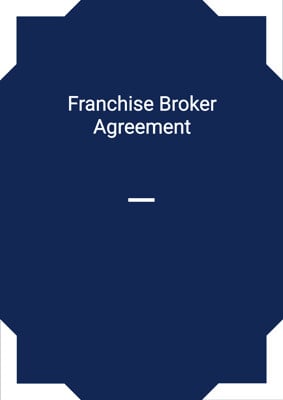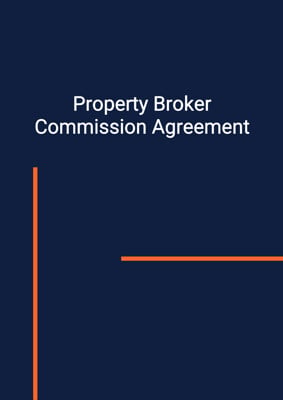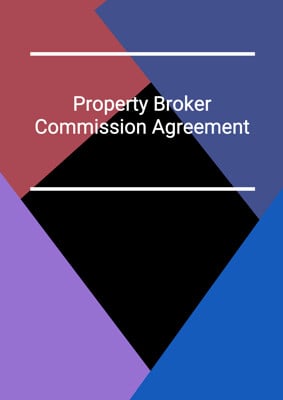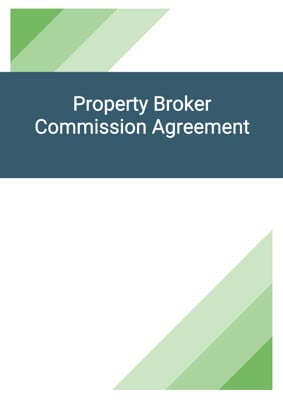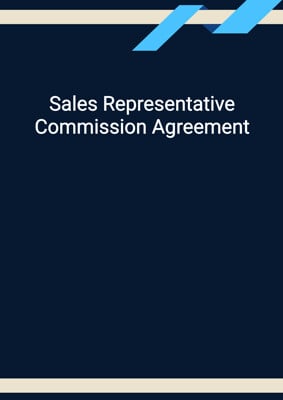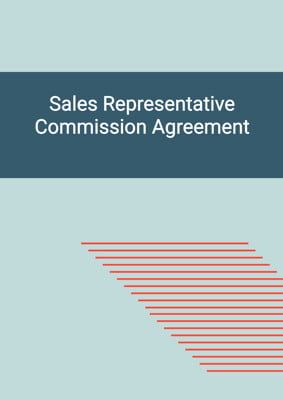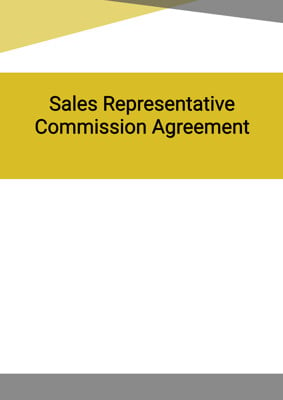How to Tailor the Document for Your Need?
01
Create Document
Fill in the details of the parties. You can click the "Fill with Member’s Information" button to complete it with information saved to your account.
02
Fill Information
Please fill in any additional information by following the step-by-step guide on the left hand side of the preview document and click the "Next" button.
03
Get Document
When you are done, click the "Get Document" button and you can download the document in Word or PDF format.
04
Review Document
Please get all parties to review the document carefully and make any final modifications to ensure that the details are correct before signing the document.
Document Preview
Document Description
The Advisor Agreement (for Service Fee) is a document that outlines the terms and conditions between the advisor and the company. It is important because it establishes the relationship between the two parties and ensures that both parties are aware of their rights and obligations.
The entire document consists of seven sections. In the first section, titled 'Services and Consideration,' it is stated that the advisor will provide consulting services to the company and will receive a service fee as compensation. This section highlights the importance of the services provided by the advisor and the consideration they will receive.
The second section, titled 'Ownership,' emphasizes that all inventions made by the advisor in connection with the services provided to the company will be owned by the company. This section ensures that the company has full rights to any intellectual property developed during the engagement.
The third section, titled 'Proprietary Information,' addresses the confidentiality of information exchanged between the advisor and the company. It emphasizes that the advisor must keep all proprietary information confidential and not disclose it to third parties.
The fourth section, titled 'Termination,' states that either party can terminate the agreement with a ten-day notice. However, certain sections of the agreement, such as those related to ownership and confidentiality, will survive termination.
The fifth section, titled 'Relationship of the Parties; No Conflicts; Promotional Rights,' clarifies that the advisor is an independent contractor and not an employee of the company. It also ensures that the advisor does not have any conflicts of interest and is not eligible for employee benefits.
The sixth section, titled 'Miscellaneous,' includes various provisions such as the non-assignability of obligations, the right of the company to transfer its rights, and the remedies available to the company in case of breach.
The seventh section, titled 'Governing Law and Jurisdiction,' specifies the jurisdiction and governing law that will apply to any disputes arising from the agreement.
Each section of the document serves a specific purpose and is essential for establishing a clear understanding between the advisor and the company.
How to use this document?
1. Enter the names and addresses of both parties in the agreement, ensuring that they are clearly identified.
2. Specify the service fee and the period for which it will be paid. This ensures that both parties are aware of the compensation terms.
3. Clarify that all inventions made by the advisor will be owned by the company. This protects the company's intellectual property rights.
4. Emphasize the importance of keeping proprietary information confidential and returning any items containing such information upon termination.
5. Provide a notice period for termination, allowing either party to terminate the agreement with a ten-day notice.
6. Clearly state that the advisor is an independent contractor and not an employee of the company, and that there are no conflicts of interest.
7. Include miscellaneous provisions such as the non-assignability of obligations and the right of the company to transfer its rights.
8. Specify the governing law and jurisdiction that will apply to any disputes.
By following these steps, both the advisor and the company can effectively use the document and ensure a clear understanding of their rights and obligations.













